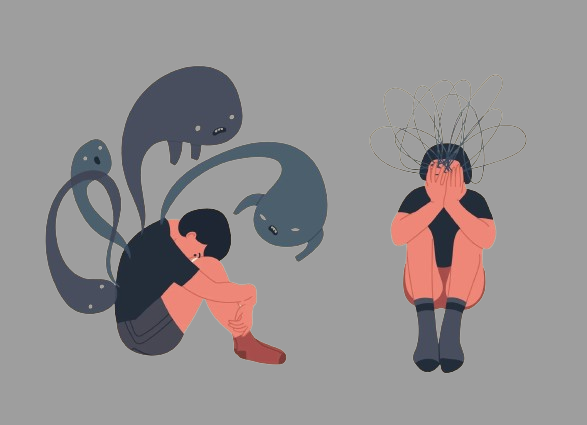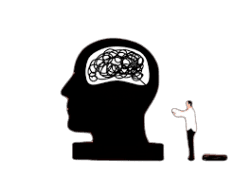Involuntary neurological movement disorder known as tardive dyskinesia (TD) is brought on by the use of medications that block dopamine receptors and are recommended to treat gastrointestinal or mental disorders. The brain region known as the striatum may experience biochemical changes as a result of long-term usage of certain medications. It is unknown why some users of these medications develop tardive dyskinesia while others do not. A more severe variation of tardive dyskinesia known as tardive dystonia is characterized by a predominance of slower twisting movements of the neck and trunk muscles.
What is tardive dyskinesia (TD?
Tardive dyskinesia is a movement disorder brought on by drugs. It can be brought on by taking particular drugs, frequently for mental health conditions.
Sudden movements on the face that are not under your control are known as tardive dyskinesia. Moreover, it may result in erratic behaviors like lip-smacking.
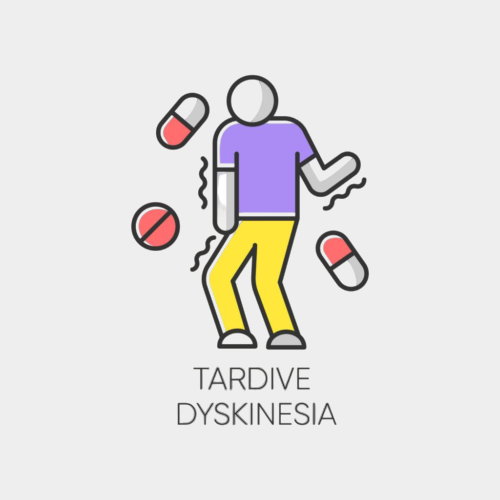
Tardive is a word for belated or late. The term “dyskinesia” describes uncontrollably twitchy muscles. The onset of dyskinesia in this illness is not simultaneous with the onset of medication. also majority of patients take a medication for years before the illness manifests.
One rare side effect of some medications is tardive dyskinesia. This drug-induced movement condition causes people to lose control over their facial motions. They start to exhibit facial tics such as tongue pushing, lip-smacking, and fast blinking. Antipsychotics, which are medications used to treat mental illness, may be the cause. When you switch drugs, your symptoms can disappear.
Signs and symptoms
Uncontrollably stiff and jerky movements are a symptom of tardive dyskinesia. Among them are:
Orofacial dyskinesia or as oro-bucco-lingual dyskinesia
Orofacial dyskinesia, also known as oro-bucco-lingual dyskinesia, is the disorder characterized by uncontrollable movements of the lips, jaw, or tongue. You could:
- Without trying, stick out your tongue
- Blink quickly.
- Smack or pucker your lips while chewing.
- Exude a pouf.
- scowl grump
Dyskinesia of the limbs

Your fingers, toes, arms, and legs may all be affected. This may lead you to:
- Move your fingers around.
- Beat your feet.
- Spread your arms.
- Exert your pelvis.
- sway back and forth
These motions can be swift or leisurely. Working and staying active could be difficult for you.
Causes
A few drugs can induce tardive dyskinesia. These medications treat neurological, gastrointestinal, and mental health issues.
Medical professionals are unsure of the reason why some medication users get tardive dyskinesia while others never experience any issues.
The most common cause of tardive dyskinesia is medicine that blocks dopamine receptors, often known as dopamine antagonists. Dopamine is produced by the neurons in your neurological system. It is a neurotransmitter, this molecule. In other words also, it communicates with dopamine receptors, which are proteins found in your brain and nerves. Together, the two transmit nerve impulses that regulate how the body moves.
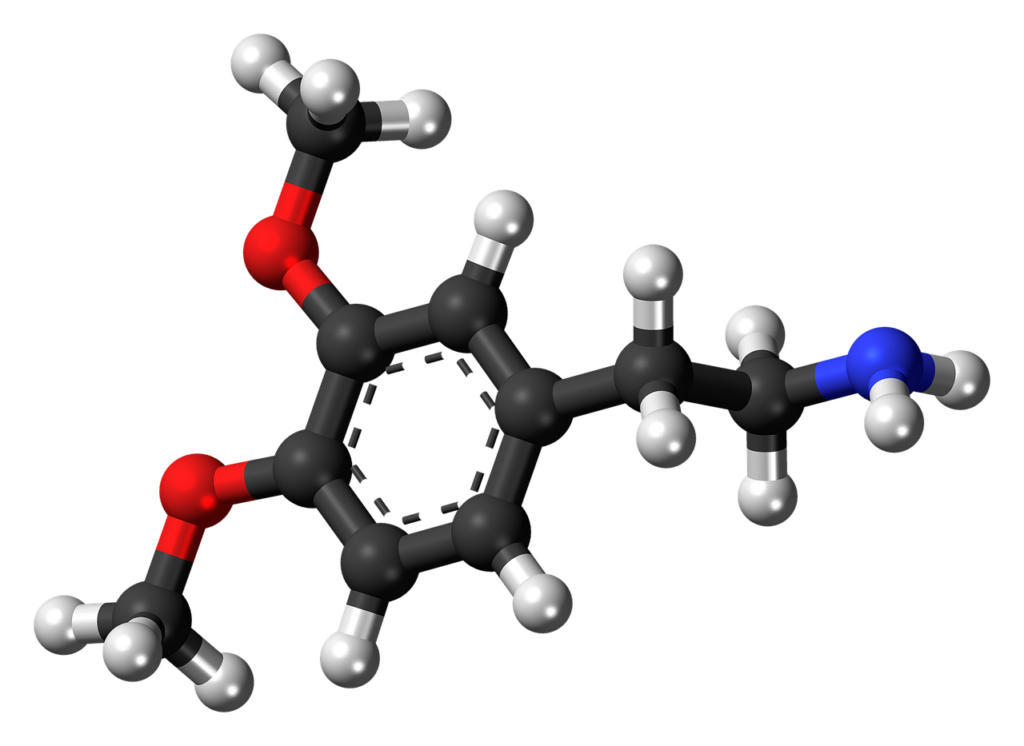
Certain people may be more dopamine sensitive due to chemical changes in their brains. Because of this extreme sensitivity, nerves create disproportionate, uncontrollable physical motions.
Diagnosis
Diagnosing TD can be challenging. It is possible that symptoms won’t show up for months or years after you begin antipsychotic medication. Alternatively, the motions may become apparent only after you have stopped using the medication. Determining whether the medication caused your symptoms can be challenging due of timing.
Abnormal Involuntary Movement Scale (AIMS): Your doctor should check you at least once a year to make sure you don’t have TD if you take medication for mental health issues. The Abnormal Involuntary Movement Scale is a physical examination that they might administer to you in order to rate any abnormal movements.
In order to determine whether you have another condition that results in unusual motions, they can also perform tests like these:
- cerebral palsy
- The disease Huntington’s
- Parkinson’s illness
- Tourette’s syndrome
- stroke
Risk factors
They inhibit the neurotransmitter dopamine. It facilitates communication between cells and maintains smooth muscle contraction. It can cause jerky, uncontrollable motions when you don’t have enough of it.
If you take an antipsychotic medication, you may get TD. Usually, you have to use it for at least three months. However, there have been a few isolated instances of it following a single antipsychotic medication dosage. The likelihood of this issue is higher with older versions of these medications than with newer ones. However, other research suggest that the risks from both categories are similar.
Antipsychotic drugs such as the following can result in tardive dyskinesia:
- Haldol, or haloperidol
- Fluphenazine
- Risperdal, or risperidone
- Zyprexa, or olanzapine
As you use an antipsychotic medication for a longer period of time, your risk of TD increases.
If you use some medications for more than three months, they may also result in TD. These medications address reflux, nausea, and other gastrointestinal issues. Among them are:
- Prochlorperazine (Compazine)
- metoclopramide (Reglan)
Olanzapine for tardive dyskinesia
Olanzapine belongs to a relatively new class of atypical antipsychotic medications that have the potential to improve or prevent TD while also potentially lowering symptoms. also Olanzapine, like clozapine and risperidone, has been linked to a markedly decreased chance of developing TD in comparison to the usual neuroleptic drug haloperidol.

An atypical antipsychotic called olanzapine has been linked to a low incidence of extrapyramidal side effects in patients with schizophrenia (SPR). Furthermore, olanzapine has been linked to tardive dystonia and tardive dyskinesia (TDs). No instances of consecutive TDs caused by olanzapine have been documented. Because SPR patients frequently need long-term antipsychotic therapy, and because intellectual disabilities (IDs) may be a risk factor for TDs, the risk of TDs may be increased in SPR patients with IDs. It is unknown, therefore, how olanzapine affects the emergence of these symptoms in SPR patients with IDs. The instance of a young female SPR patient with IDs is presented here.
What is this medicine?
Bipolar illness and schizophrenia are treated with OLANZAPINE (oh LAN za peen). It functions by restoring equilibrium to the brain’s dopamine and serotonin levels, which are involved in mood, behavior, and cognitive regulation. It is a member of the class of drugs known as antipsychotics. Antipsychotic drugs are useful in the treatment of several mental health issues.
If you have any questions, speak with your pharmacist or healthcare practitioner about the possible uses of this medication.
Uses
Certain mental/emotional illnesses (such schizophrenia and bipolar disorder) are treated with this medicine. It can also be used to treat depression in addition to other medications. Olanzapine is a member of the atypical antipsychotic medication class. It functions by assisting in the restoration of the proper ratio of several organic compounds in the brain. Discuss the advantages and disadvantages of the treatment with the doctor (particularly when used by teenagers).
How to use this medication
Use this drug orally. Take a sip of water and swallow it. Observe the guidelines provided on the prescription label. Take your prescription drug on a regular basis. Never take it more frequently than prescribed. Save for your care team’s advice, never stop taking.
With every new prescription and refill, the pharmacist will provide you with a personalized Med Guide. Every time, make sure to carefully read this information.
Discuss the usage of this drug in children with your care team. Precautions do apply even though this drug may be administered for specific diseases to youngsters as young as 13 years old.
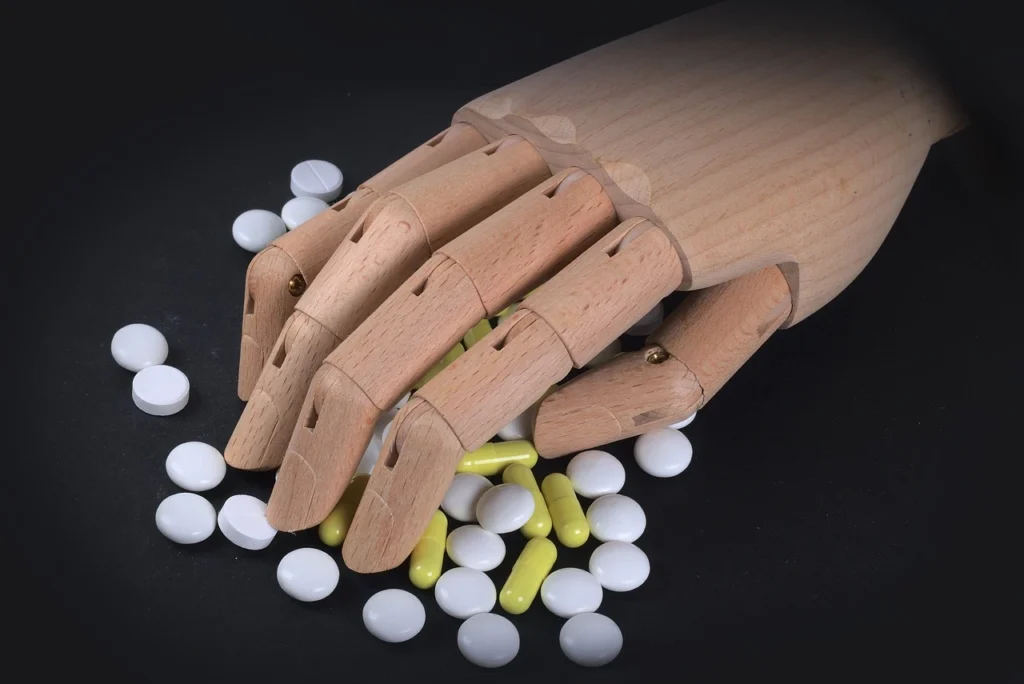
Prior to beginning olanzapine medication and each time you receive a refill, read the Medication Guide that your pharmacist has provided. See your physician or pharmacist if you have any queries. Take this medication orally, generally once a day, as advised by your doctor, with or without food.
Your medical condition and response to treatment will determine the dosage. Your doctor may advise you to begin taking this medicine at a low dose and increase it gradually in order to lower your risk of experiencing side effects. Pay close attention to your doctor’s recommendations.
To get the most out of this drug, take it on a daily basis. Take it at the same time every day to aid in memory. Even if you feel well, continue taking this medication.
Side effects
There may be drowsiness, lightheadedness, dizziness, upset stomach, constipation, dry mouth, increased hunger, or weight gain. Notify your pharmacist or doctor right away if any of these side effects persist or worsen.
Feeling lightheaded or dizzy can make you more likely to fall. When getting out of a seated or lying posture, take it slowly.
Recall that your doctor has prescribed this medication because they believe it will benefit you more than it will cause negative side effects. Many users of this medicine report no significant adverse effects.
If you experience any serious side effects, such as trouble swallowing, trembling, slow heartbeat, fainting, mental or mood changes (such as confusion or restlessness), numbness or tingling in the arms or legs, yellowing of the eyes or skin, severe stomach or abdominal pain, difficulty urinating, or trouble breathing during sleep.
Rarely, this medication may cause your blood sugar to rise, which might aggravate or induce diabetes. If you have symptoms of elevated blood sugar, such as increased thirst or urine, promptly notify your physician.also If you currently have diabetes, follow the instructions to check your blood sugar on a regular basis and let your doctor know the results. Your diabetic medication, exercise regimen, or diet may need to be modified by your physician.
Also additionally, especially in teenagers, this medication may result in a noticeable increase in blood cholesterol (or triglyceride) levels and weight gain. Diabetes and these side effects could raise your chance of heart disease. also Talk to your doctor about the pros and cons of the proposed course of treatment. See the Notes section as well.

